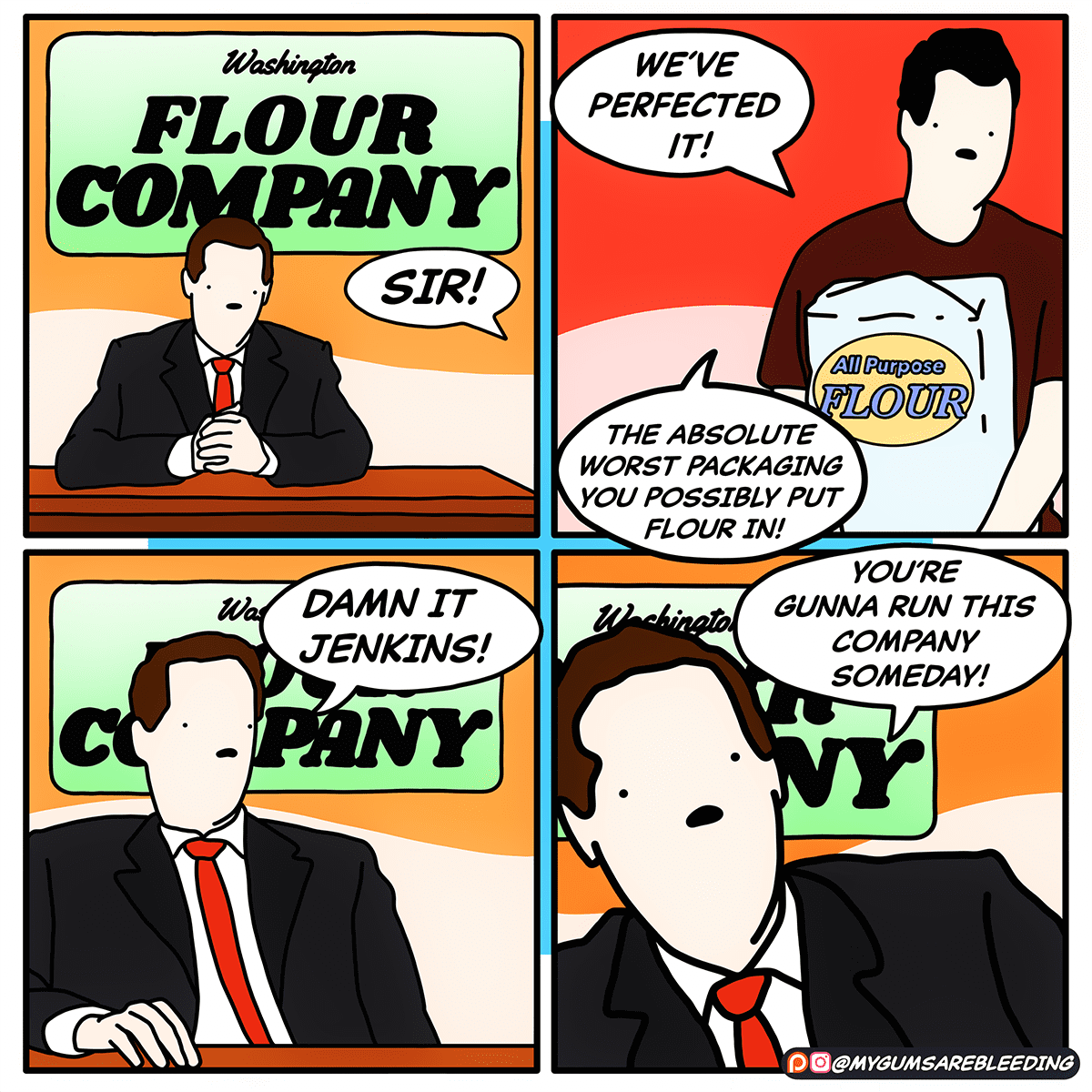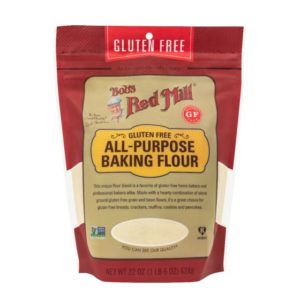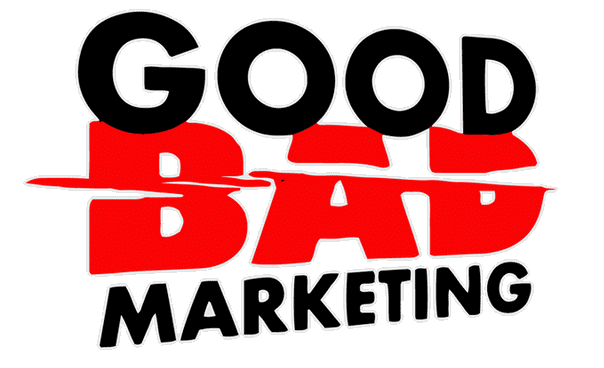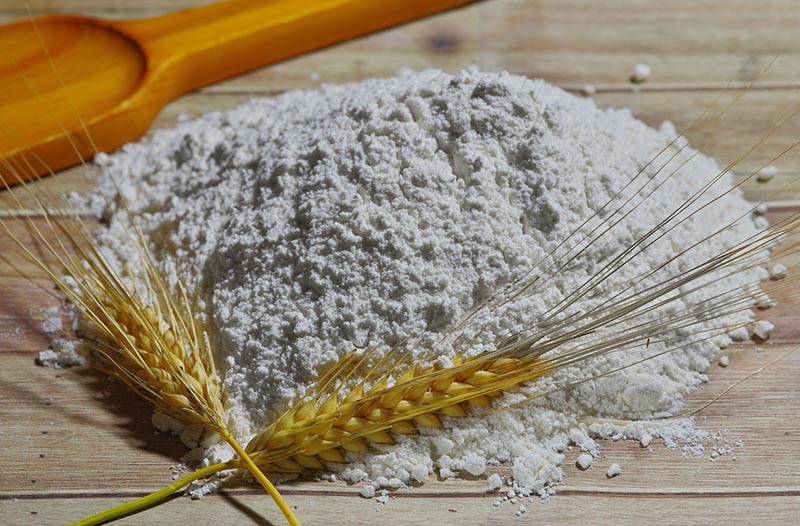As a baker of pies (and the occasional accidental demon baby pie), I get it – bags of flour come in paper bags that constantly shed flour with every movement, and are not even remotely sealed against air or vermin. You definitely should transfer your flour to something airtight once you get it home from the supermarket, for no other reason than to reduce the decline in quality as it oxitizes over time. They even make containers to fit standard size flour and sugar bags.
Nonetheless, it has not gone unnoticed that by modern expectations, flour (and sugar) bags suck.

Well, here’s why…
Hi, my name’s David, and I’m a marketer. I wrote my Master’s of Science in Marketing thesis on just this.
1. Sensory association of the paper
There’s a reason why some bread and most chips come in crinkly packaging. The sound enhances our perception of crunch. The talk I link to below has many more examples. Similarly, a product we associate with soft should is likely to sell a little better if it comes in soft packaging. Put competitors next to each other and put one in cardboard and it won’t sell as well. It’s worth noting some people are more tactile than others. We actually measure this on a Need For Touch scale.
2. Category cues
Shoppers don’t have time to find the right product. By clustering not just in location on the shelf, but in packaging and design style, conforming to established norms means a customer can spend seconds scanning the shelf and picking the product they want and move on. The best example of this is a laundry detergent bottle. Yes, you can buck category packaging and design trends (like Pringles), but unless you pair it with an expensive promotional campaign (like Pringles) your sales will plummet. Flour was sold in paper bags a century ago, and may very well a century from now.
3. Cheap cues
You can’t get cheaper packaging than paper.It’s not just that it will drive up the price, but people associate cheap flour with cheapness. Put it in a glass jar, emboss it, and add a label on the jar with a reflective gold seal of high quality and the inconsistency will raise consumer skepticism. This is why only premium flour, wheat flour alternatives, or established brands (like Bob’s Red Mill) come in alternative packaging.

Also note that in addition to platic packaging with a clear window being a higher quality container with a nicer feel, the wastefulness of having non-tesselating, non-stackable packaging also signifies quality. It’s the excessive white space, or high-heels of packaging.
4. Price
Most consumers won’t pay more for better packaging for a staple like standard flour, but will for premium wheat flour alternatives.
These rectangular bags also tesselate and stack on the transport crate and on the shelf, reducing transport, shelf stocking and storage costs. Less air = lower price.
5. It’s not just retail flour, proving there’s a practical reason
Paper is good enough for all sorts of cheap powder or granulated products. Wholesale size bags of flour for professional bakers, sugar, cement sold in both small and large amounts, sand, and other cheap products all come in paper based bags as well. Though not the strongest material, paper packaging has a low enough failure rate for products that are cheap enough, there is no return on investment. (For higher end goods this is not the case.) This factors in both leakage and complete failure, as anyone who has ever had a bag of flour or cement split can attest to. However, it’s the supply chain that bears almost all of this cost and inconvenience.
6. You can tell if there has been water exposure
As one user on Reddit pointed out, “I can immediately tell if the sugar has been over exposed to moisture and has hardend into a clump when I pick up the bag.” Does anyone else agree? Let me know in the comments.
I could contest that the bags would be more impervious to water in non-porous packaging in the first place. For instance, some rice bags have a plastic layer beneath the cloth bags.
7. Leakage is low cost to deal with
I find crinkly bread and chip packaging loud, annoying, and annoyingly non-recyclable, but not enough to stop buying these products. Similarly, being a dry product, a small amount of flour, sugar, or cement leakage is easy to sweep up or wipe up with a wet dishcloth. Worried about needing to vacuum your car? Put the paper bag in a thin grocery plastic bag. If it was bad enough, manufacturers would stop doing it.
Essentially, stop complaining. Or as we say in Australia “take a spoonful of cement and toughen up.”
8. Some people like a little spilled flour for the sensory experience, ritual, and nostalgia
The mess of milled wheaten products deftly decorating benchtops and clothing alike is an experience of home craft and food memories. We consume so many packaged food products where less clean up is a key part of the proposition. Heat and eat! Or in the case of cakes, shake and bake*. On some level for many, the sensory stimulation of your digits being dusted enhances the experience. If there’s a formal Need For Touch scale, and I’m sure there is a way to put people on a scale of who likes to get their hands literally dirty, and who has an aversion to it. For some, mess of flour going everywhere, dusting your digits and besmirching your shirt is all part of the fun and sensory experience. Some may even enjoy the extra cleanup, seeing it as an integral part of the baking ritual. Sealing plastic bags have a function, but leaking paper bags are part of the authentic baking experience.
Furthermore, many of us associate baking with positive childhood memories. This is similar to how some of us buy and process photographic film or listen to vinyl records, despite more convenient alternatives. Flour in paper bags has a nostalgic element. Baked good brands exploit the association with older times in other ways, like the Aunt Jemima mascot and color scheme, or the “Pepperidge Farm remembers” advertising slogan (which has since become a meme).
It helps that flour is a fine, white, dust-like powder with little to no smell. You wouldn’t find the same level of positive experience with something that triggers our disgust and has practial and dangerous implications, like liquids from raw meat, or sharp pieces of glitter. Flour is certainly on the positive end of the residue scale.
* If you are going to use an instant cake mix, perhaps an added egg to make it feel as though you’ve done something.
9. We’ll eventually come full circle and pay more for it
For decades there has been a sub-market in the baking industry tarketing the demographic of people seeking “natural”. In much the same way “hipsters” will pay twice as much for paper bags or unbleached paper products because they’re a signifier or practical proof that they’re more authentic, chemical-free, less processed, better for the environment (production and disposal) and better for health, they’ll see simple paper packaging that leaks glutinous goodness from every tear and fold as a good thing.
More info
I have a 15 minute talk on just this, with examples of the above concepts, and slides you can download. Visit thedavidfrank.com/sensorymarketing
Feel free to ask questions in the comments below. I’d be happy to answer them! Or just post your best “lesser of two weevils” joke.
Special thanks to Chris Quinn for the comment below which lead me to add points 8 and 9, and expand points 3 and 4.
References
Peck, J., & Childers, T. L. (2003). Individual Differences in Haptic Information Processing: The “Need for Touch” Scale. Journal of Consumer Research, 30(3), 430-442.
Becker, L., van Rompay, T. J. L., Schifferstein, H. N. J., & Galetzka, M. (2011). Tough package, strong taste: The influence of packaging design on taste impressions and product evaluations. Food Quality and Preference, 22(1), 17–23.
Celhay, F., & Trinquecoste, J. F. (2014). Package Graphic Design: Investigating the Variables that Moderate Consumer Response to Atypical Designs. Journal of Product Innovation Management, 32(6), 1014–1032.
Karana, E., Hekkert, P., & Kandachar, P. (2009). Meanings of materials through sensorial properties and manufacturing processes. Materials and Design, 30(7), 2778–2784.
Krishna, A., & Morrin, M. (2008). Does Touch Affect Taste? The Perceptual Transfer of Product Container Haptic Cues. Journal of Consumer Research, 34(6), 807–818.
Peck, J., & Childers, T. L. (2003). Individual Differences in Haptic Information Processing: The “Need for Touch” Scale. Journal of Consumer Research, 30(3), 430–442.
Spence, C., & Gallace, A. (2011). Multisensory design: Reaching out to touch the consumer. Psychology and Marketing, 28(3), 267–308.
Spence, C., & Wang, Q. (2015). Sensory expectations elicited by the sounds of opening the packaging and pouring a beverage. Flavour, 4(1), 35.
Velasco, C., Salgado-Montejo, A., Marmolejo-Ramos, F., & Spence, C. (2014). Predictive packaging design: Tasting shapes, typefaces, names, and sounds. Food Quality and Preference, 34.






I rarely comment, but you’ve tipped me with one perspective and one hypothesis:
1) When considering price, those paper brick flour packages (at least what we get in Australia) are very transport efficient. Less air = lower price. Commercial flour still comes in bigger paper bags, like cement. It also wraps neatly on pallets.
2) The mess of milled wheaten products deftly decorating benchtops and clothing alike is an experience of home craft and food memories. We consume so many packaged food products where less clean up is a key part of the proposition. Heat and eat! As a hypothesis, we invest in that mess of flour going everywhere in much the way some of us still buy and process photographic film, despite alternatives. From my perspective at least, the plastic bagged products are selling function, like gluten free and less of an experience.
Maybe one day it will come full circle and “hipsters” will pay twice as much for the paper bags because they are “authentic”. Screen print some duotone iconography, use unbleached paper and make sure that bag leaks glutenous goodness from every crease, tear and fold. I can visualise it now….